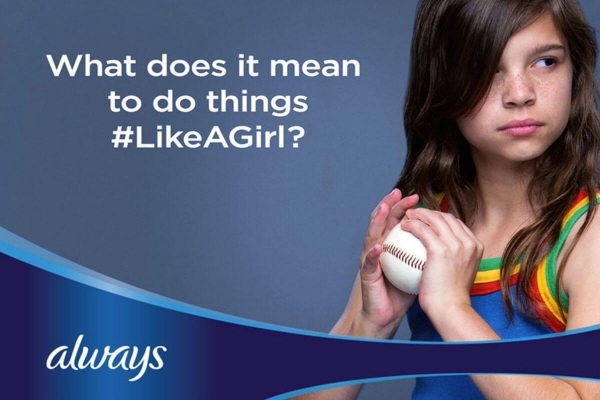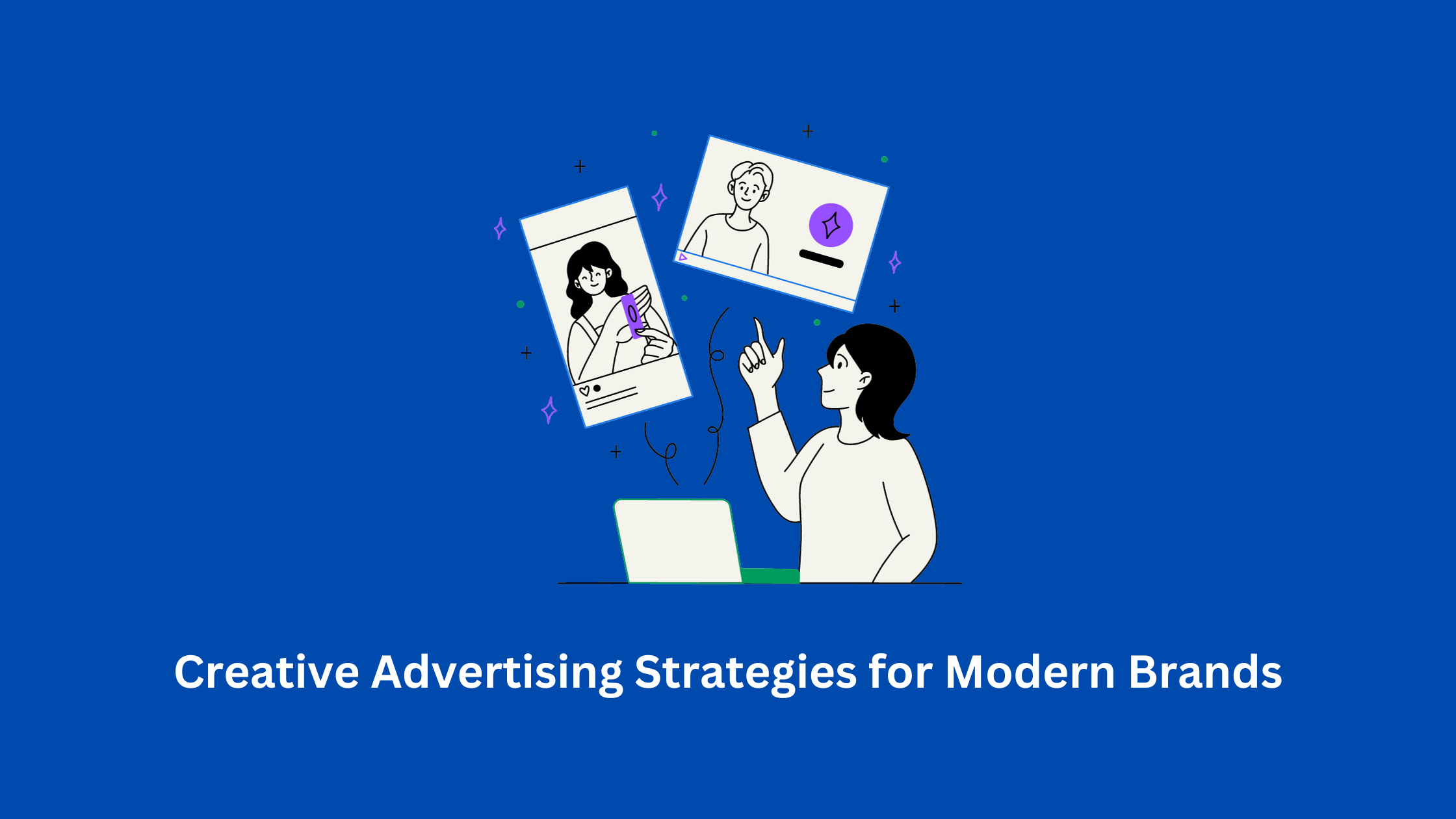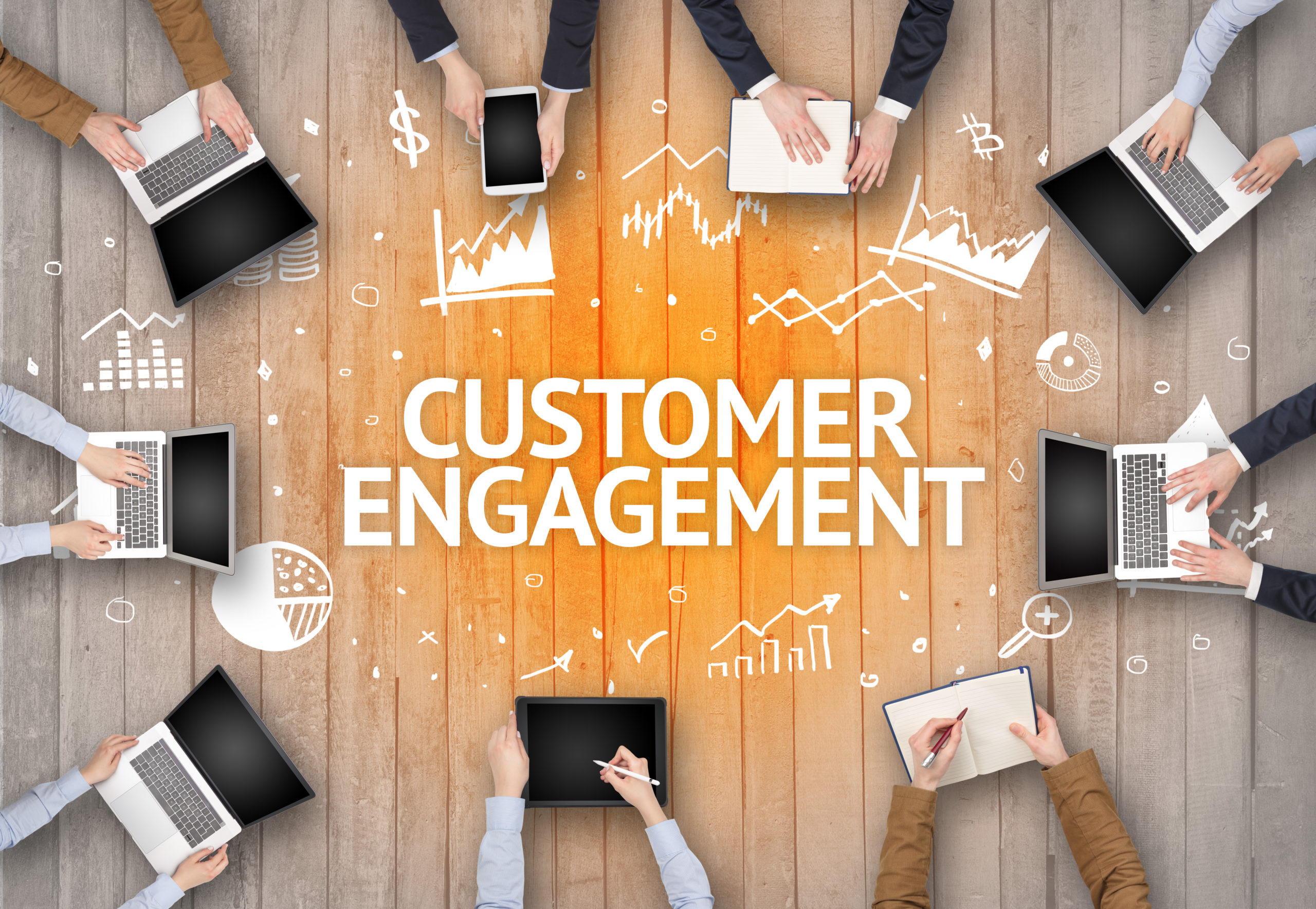In the fiercely competitive landscape of advertising, tapping into emotional triggers can set your campaigns apart, engaging consumers on a deeper level and prompting them to take action. Learn how to leverage these emotional cues to create memorable and impactful advertising that resonates with your audience. 
Creating Emotional Connections
Engaging with emotions enables brands to form strong connections with their audience, fostering loyalty and trust. By resonating with the feelings that your target market experiences, the advertising becomes more relatable, making it easier for consumers to connect with your message. This approach encourages them to see your brand not just as a product or service, but as an integral part of their lives.
The Significance of Emotional Triggers
Incorporating emotional triggers into your advertising taps into the psychological drivers of consumer behavior. This strategy can ignite feelings of happiness, nostalgia, compassion, or even anger, influencing decision-making processes. A well-crafted emotional appeal can stir people, prompting them to respond—not just with purchases but with brand advocacy that extends beyond the initial advertisement.
Optimal Timing and Placement
Strategically timing your emotional campaigns is crucial for maximizing impact. Consider seasonal events, cultural milestones, or social movements when planning your messaging. Launching an ad during the holiday season or aligning it with a widely recognized social issue can enhance receptiveness, making your emotional triggers more powerful and timely.
Advantages of Emotional Advertising
Utilizing emotional triggers allows for differentiation in product offers, fostering a distinctive brand identity. Consumers often remember how an advertisement made them feel long after they’ve encountered it, leading to prolonged engagement. Ultimately, emotionally driven campaigns can convert viewers into loyal customers who return not just for the products, but for the experiences that you’ve created around those products.
Frequently Asked Questions
1. How can I identify the right emotional triggers for my audience?
Research your target market’s preferences and pain points through surveys, social listening, and focus groups. This will help you determine which emotions resonate most strongly.
2. Are there specific emotions that work better than others in advertising?
Commonly effective emotions include happiness, nostalgia, and empathy. However, the best choice depends on your brand’s identity and the message you want to convey.
3. How can I measure the effectiveness of my emotional advertising campaigns?
Utilizing metrics such as engagement rates, conversion rates, and customer feedback can help assess the impact of your emotional strategies on consumer behavior.
4. Can emotional advertising work in all industries?
Yes, emotional advertising can be adapted to suit various industries, providing that the messaging aligns closely with the audience’s values and experiences.
Targeting Through Emotional Triggers
The primary target of effective emotional advertising campaigns is to empathize with and captivate the audience’s feelings. For instance, a brand might tap into nostalgia by evoking memories of childhood or significant life moments. When I ran a campaign that focused on familial bonds during the holiday season, we saw a significant uplift in engagement and sales. The use of visuals depicting family gatherings and heartfelt messaging created a strong emotional association with our product. This experience reinforced the power of emotional triggers in making connections that go beyond mere transactions. 
Reflecting on Emotional Advertising Strategies
Using emotional triggers in creative advertising not only nurtures customer relationships but also builds a brand narrative that resonates. Crafting compelling stories around your brand, guided by emotional insights, can turn casual consumers into loyal advocates who share their positive experiences with your products and services.
The Power of Emotional Advertising
Leveraging emotional triggers in your advertising can transform the way consumers perceive your brand. By connecting on a deeper emotional level, your campaigns can inspire action, create lasting impressions, and foster a loyal customer base that resonates with your message and products.
If you are searching about Emotional Advertising you’ve came to the right web. We have 8 Images about Emotional Advertising like Emotional Advertising: How Brands Use Feelings To Get People To Buy, Emotional Advertising: How Brands Use Feelings To Get People To Buy and also Emotional Advertising. Here it is:
Emotional Advertising

www.animalia-life.club
Emotional Advertising: How Brands Use Feelings To Get People To Buy

www.peppercontent.io
Counter-Marketing – A Demarketing Tactic With Examples, Strategies

www.marketing91.com
counter marketing
Emotional Advertising

www.animalia-life.club
Emotional Appeal Ads Examples

www.animalia-life.club
A Comprehensive Guide To Visual Ads (Graphic & Video) – Watson Digital
watsondigital.co
audience desire drives
11 Emotional Advertising Examples Most Used By Brands – Creatopy

www.creatopy.com
Emotional Advertising: How Brands Use Feelings To Get People To Buy

www.peppercontent.io
Emotional advertising: how brands use feelings to get people to buy. 11 emotional advertising examples most used by brands. Emotional advertising: how brands use feelings to get people to buy



